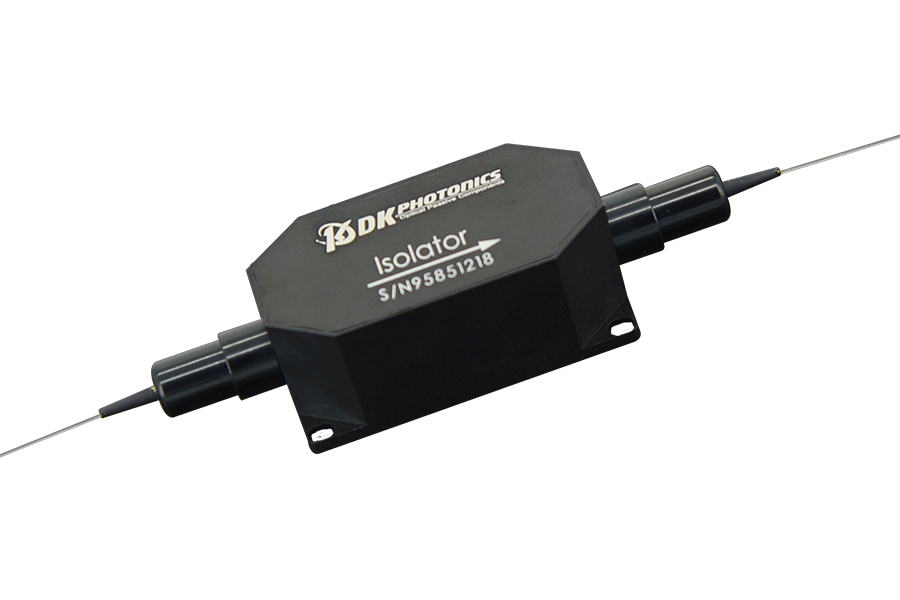An optical isolator is one of the most important components in fiber optic communication systems due to various reasons. But what exactly are they? In this article, we’ll examine how optical isolators work and why they’re so vital to today’s high-tech world.
First, we’ll look at what exactly an optical isolator is and its working principle. Then we’ll delve into why these components are present in the device and what their purpose is.
What is an Optical Isolator?
An optical isolator is a device that permits light to pass through it in only one direction while blocking the passage of light through the other direction.
Optical Isolators are sometimes called bi-directional devices because they allow a flow of electricity in only one direction. The optical beam acts as a barrier that prevents electricity from entering or exiting the path of the light beam.
Thus, optical isolators are devices that allow the transmission of an optical signal from one point to another without any effect from an external light source.
Why do you need Optical Isolators?
There are many uses of optical isolators. They are used in a range of settings including industrial, laboratory, and corporate
Optical isolators are most commonly used in the telecommunications industry. They are used to protect the electronics inside of a device, called a light source, from damage caused by a high-intensity input signal entering the device.
Optical Isolators can also be used in laser control circuits where they act as protection devices for lasers that are designed to work at very high intensities. This kind of circuit also helps with protecting human operators who might be exposed to this hazardous type of equipment.
Working Principle of Optical Isolator
It consists of three components, a Faraday rotator, an input polarizer, and an output polarizer. First, light traveling forward becomes polarized in the vertical plane after passing through the input polarizer.
As the polarization plane passes through the Faraday rotator, it will have rotated 45° on its axis. Light will be able to pass through the output polarizer, which is aligned 45° with respect to the input polarizer.
And as light travels in the reverse direction, it becomes polarized at 45° after passing through the output polarizer. After passing through the Faraday rotator, the light undergoes a nonreciprocal rotation of 45°.
Due to the polarization of the light in the horizontal plane, it will be rejected by the input polarizer that only allows light polarized in the vertical plane to pass.
Conclusion
In conclusion, optical isolators are used to pass light through with minimal disturbance. They have various uses and come in a variety of types like polarized, composite, and magnetic.


Leave A Comment